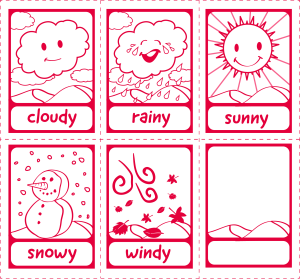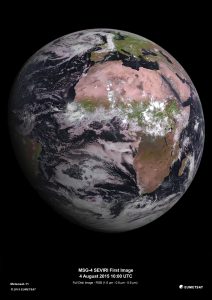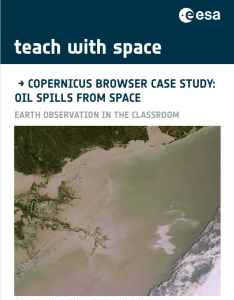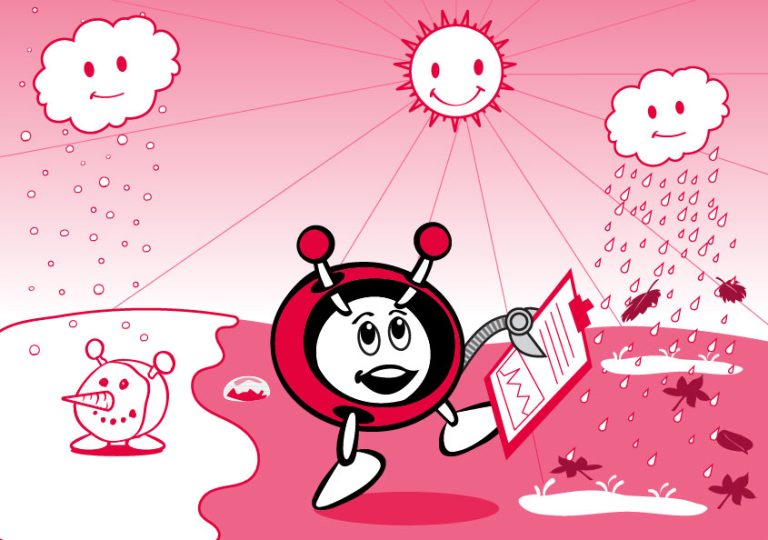Nose up high in the sky – Observing and measuring weather conditions
In this set of three activities, students will learn how their senses and instruments can be used to describe and measure weather conditions. As an introductory activity, students will analyse local proverbs related to the weather. Then, they will use their senses to make weather observations and to learn how to describe the weather. Students will also build a small meteorological station and take weather measurements of rain, wind speed and air temperature.
Subject Geography, Mathematics, Science
• Identify the weather elements (wind, temperature, precipitation)
• Observe and record weather conditions
• Identify local weather processes
• Learn that satellites, computers and scientific instruments are used to make weather forecasts
• Learn how to take weather measurements
• Represent and interpret data
• Printed student worksheet for each pupil
• A list of local proverbs related to the weather
• Information sources, such as the internet or an encyclopedia
- Thermometer
- Pupil activity sheet
- Calculator
Did you know?
For thousands of years, humans have looked up to the skies trying to predict what the weather might bring. Nowadays, we can get a weather forecast anytime! Where do all the data that are used to predict the weather come from? There are numerous satellites that provide us the most useful data for weather forecasting. They continuously observe the Earth and communicate what they see back to our planet. The analysis of that data combined with the information obtained from meteorological stations here on Earth allows meteorologists to predict the weather.


Exercise 1 – Measuring air temperature
• Thermometer
• Weather diary and printed students worksheet
Exercise 2 – Measuring wind speed
• 5 plastic cups (per group)
• 1 straw
• 3 wooden sticks
• Weather diary and students worksheet
Exercise 3 – Measuring rain
• Plastic bottle (1,5l – 2l)
• Ruler
• Paper clips
• Marker
• Pebbles
• Weather diary and students worksheet
Did you know?


Weather vs Climate – Understanding the difference between weather and climate
Brief description In this set of three activities, students will learn the difference between weather and climate. They will identify different climatic zones and collect

Urban Hotspots
Brief description In this set of three activities, students will learn how the built environment leads to the urban heat island effect and how Earth

Copernicus Browser Case Study: Oil Spills From Space
Brief description This activity supports teachers in guiding their students to investigate oil spills and their impacts using satellite imagery. It includes exercises for data


